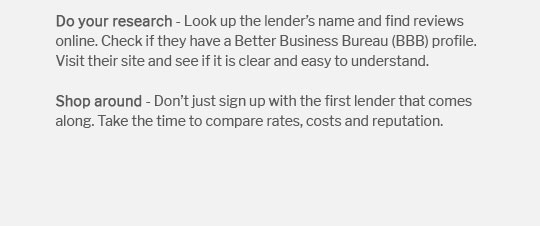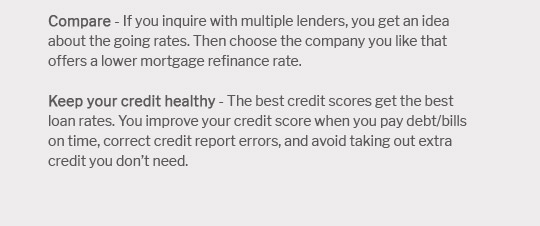 |
|||
 |
 |
 |
||
|---|---|---|
 |
||
 |
||
 |
||
 |
||
 |
 |
 |
 |
No Closing Refinance Mortgage: A Complete Beginner’s GuideRefinancing a mortgage can be a strategic move for homeowners seeking to lower their interest rates or modify loan terms. However, closing costs often deter individuals from pursuing refinancing. A no closing refinance mortgage offers a solution, allowing you to refinance without the immediate burden of upfront fees. This guide delves into the essential aspects of no closing refinance mortgages. Understanding No Closing Cost RefinanceWhen you opt for a no closing cost refinance, the lender covers the closing costs, which can include appraisal fees, title insurance, and more. In return, you may pay a slightly higher interest rate. This option can be beneficial if you're planning to stay in your home for a shorter period. How It Works
BenefitsChoosing a no closing cost refinance can free up immediate cash flow, making it easier for homeowners to manage other expenses or investments. Considerations Before Opting InWhile a no closing cost refinance can be appealing, it's essential to weigh the long-term costs. A higher interest rate over the life of the loan might result in paying more than the original closing costs. Comparing CostsUse a refinance income calculator to determine if the higher interest rate outweighs the benefits of avoiding upfront costs. Evaluating both scenarios will help you make an informed decision. Steps to Refinance Without Closing Costs
Each step requires careful consideration and comparison to ensure you receive the best deal. FAQs About No Closing Refinance MortgagesWhat are the common closing costs typically covered?Closing costs can include appraisal fees, credit report fees, title insurance, and other administrative fees. These are usually covered by the lender in a no closing cost refinance. Is a no closing cost refinance more expensive in the long run?It can be. While you avoid upfront fees, the increased interest rate might lead to higher payments over the life of the loan, potentially surpassing the original closing costs. Who should consider a no closing cost refinance?Homeowners planning to sell or refinance again within a few years might benefit, as they can avoid initial costs without worrying about long-term interest rate impacts. ConclusionA no closing refinance mortgage can be a valuable option for those seeking to refinance without upfront costs. However, it's crucial to consider the long-term implications of a higher interest rate. Using resources like a refinance mortgage and heloc calculator can assist in evaluating your options and making the best financial decision for your situation. Always compare offers and consult with financial advisors to ensure you're choosing the best path for your mortgage needs. https://www.discover.com/home-loans/articles/refinance-mortgage-no-closing-costs/
A mortgage refinance with Discover Home Loans comes with no closing costs. That means no application fees, no origination fees, no appraisal fees, and no cash ... https://www.investopedia.com/what-is-a-no-closing-cost-mortgage-5194340
With a no-closing cost mortgage, the borrower doesn't pay closing costs at closing. Instead, the closing costs are rolled into the balance of the loan, ... https://foundationmortgage.com/refinance-my-home-in-florida-mortgage/no-closing-cost-refinance/
A no closing cost rate/term refinance is when the lender gives a credit at closing to offset any closing costs. In a no closing cost refinance, the borrower ...
|
|---|